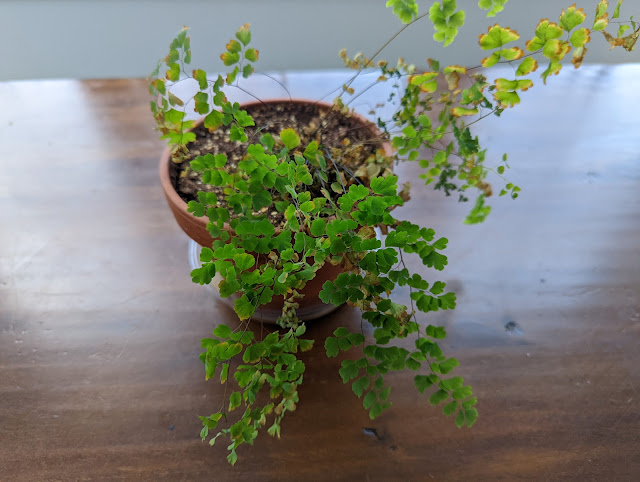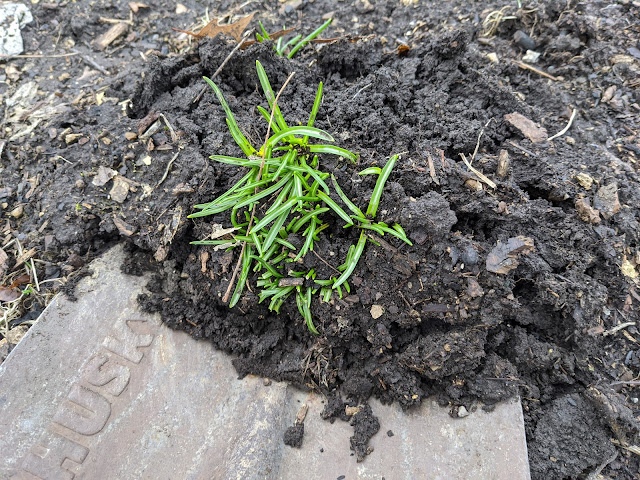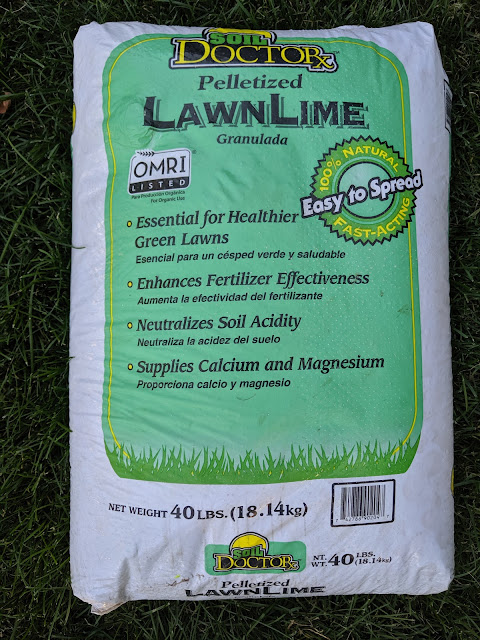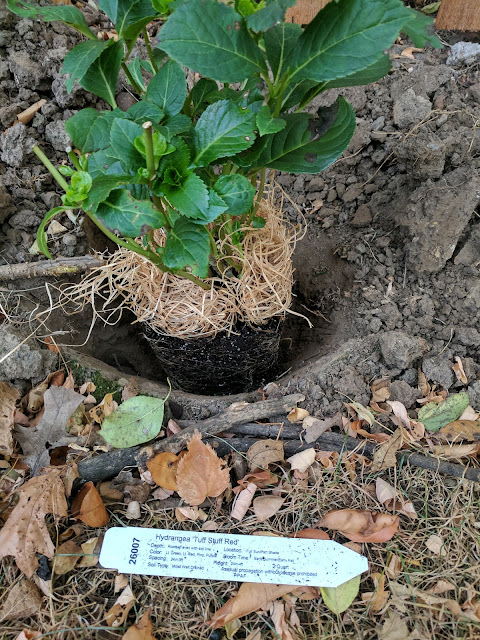Second Load of Biosolids Applied - Perennial Garden Topdressing - February 2024

Last week, I posted the details and photos of the first late-winter application of municipal biosolids in our garden and talked about how I was going to try to find some time to head to the mulch pit to get a few loads before gardening season heats up. I applied that initial load to some areas that needed the soil amendment including the Spring Grove Ginkgos, the epimedium colony and my Hellebores. I mentioned (in that post) that for every spot that I dumped a bucket of biosolids, I spotted 2x more spots that could use a top-dressing. Not to mention the lawn, the parkway and the compost bins. Over the weekend, I ran out and picked up another load. About 8 five-gallon buckets filled up 2/3rds-of-the way. And dumped and spread out around the backyard. I added another partial-bucket under the Linden trees: And, right at the base of my bird feeder pole: At regular intervals along the front of the south border: Around the tru...














